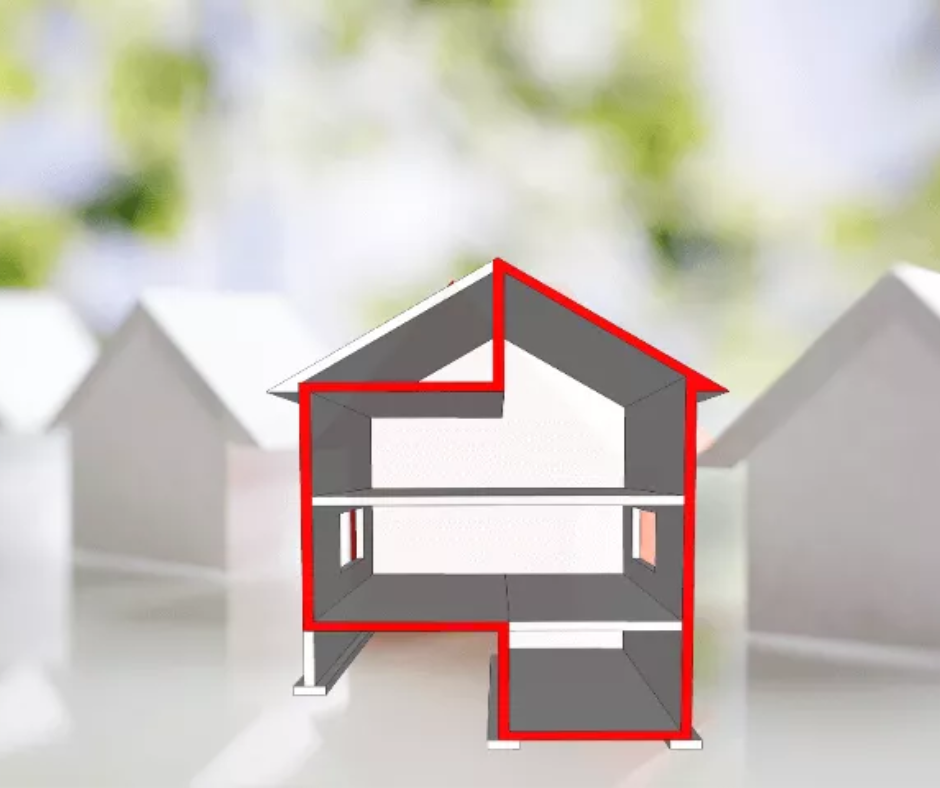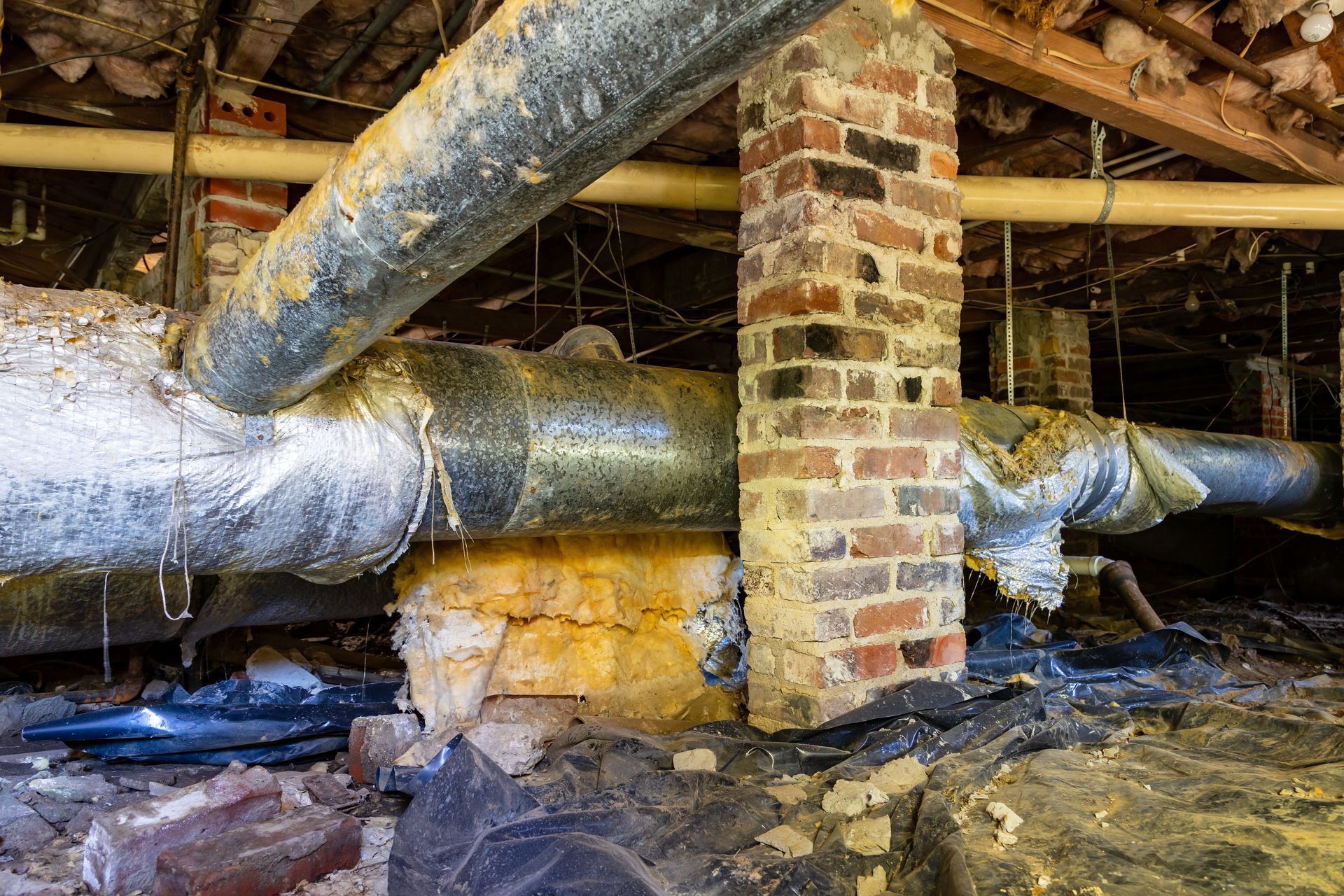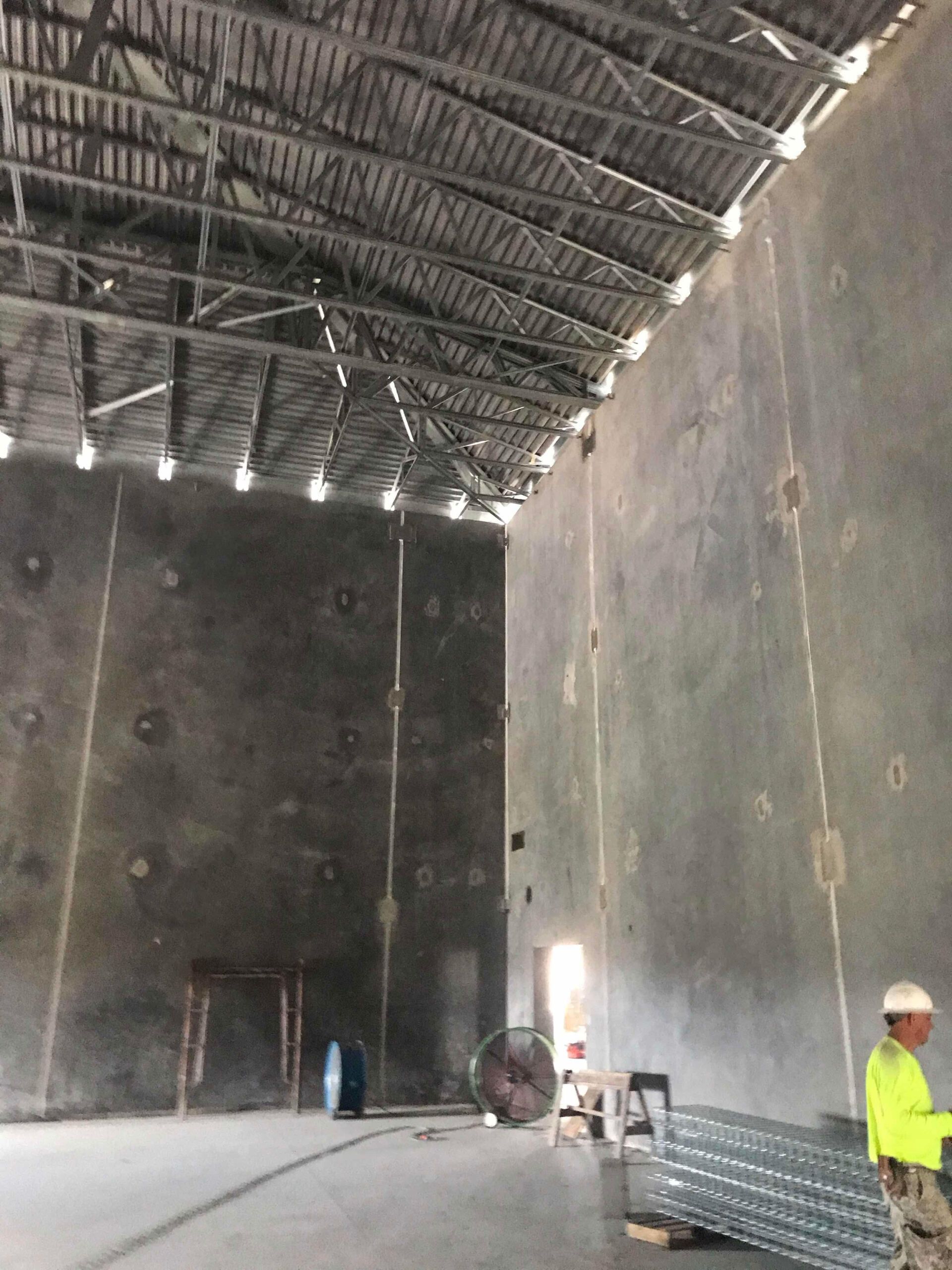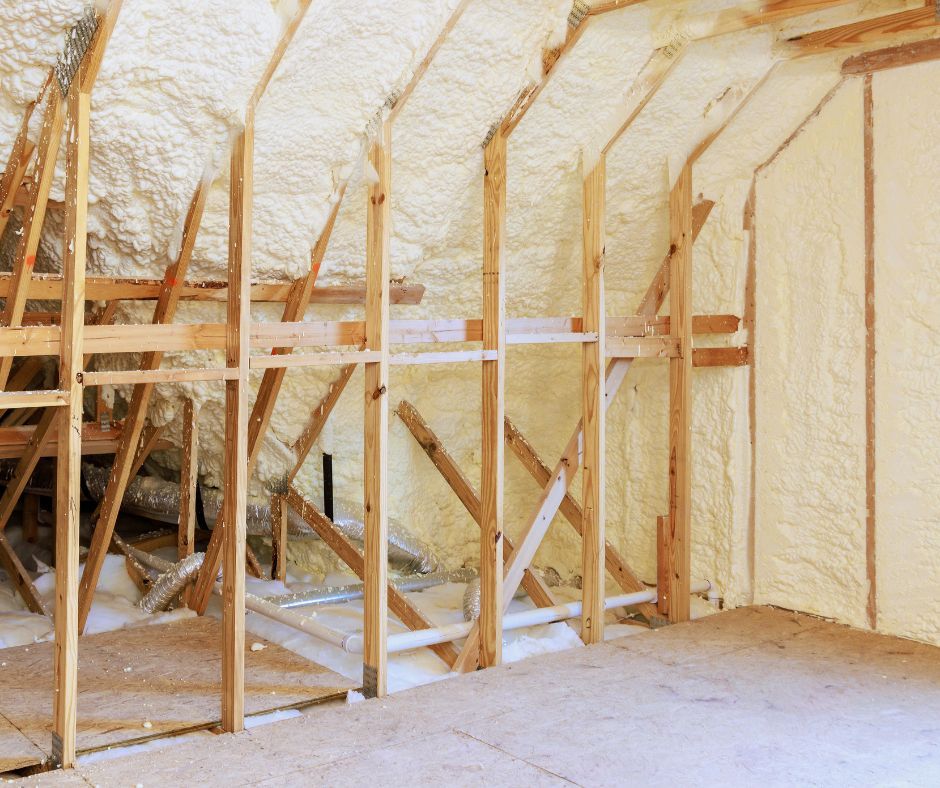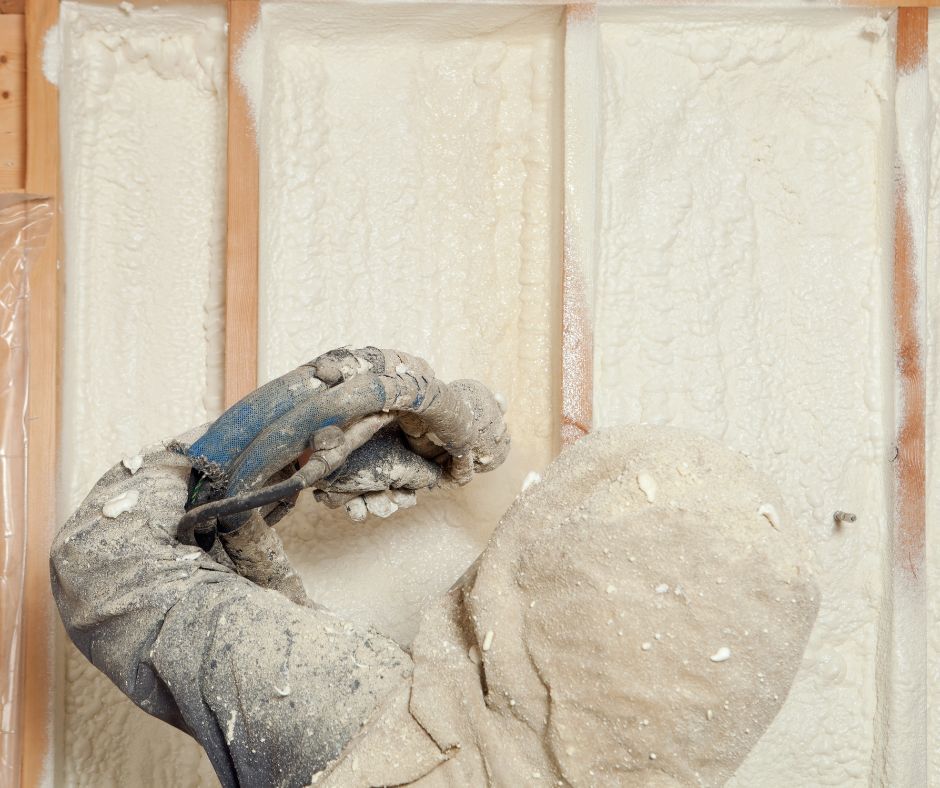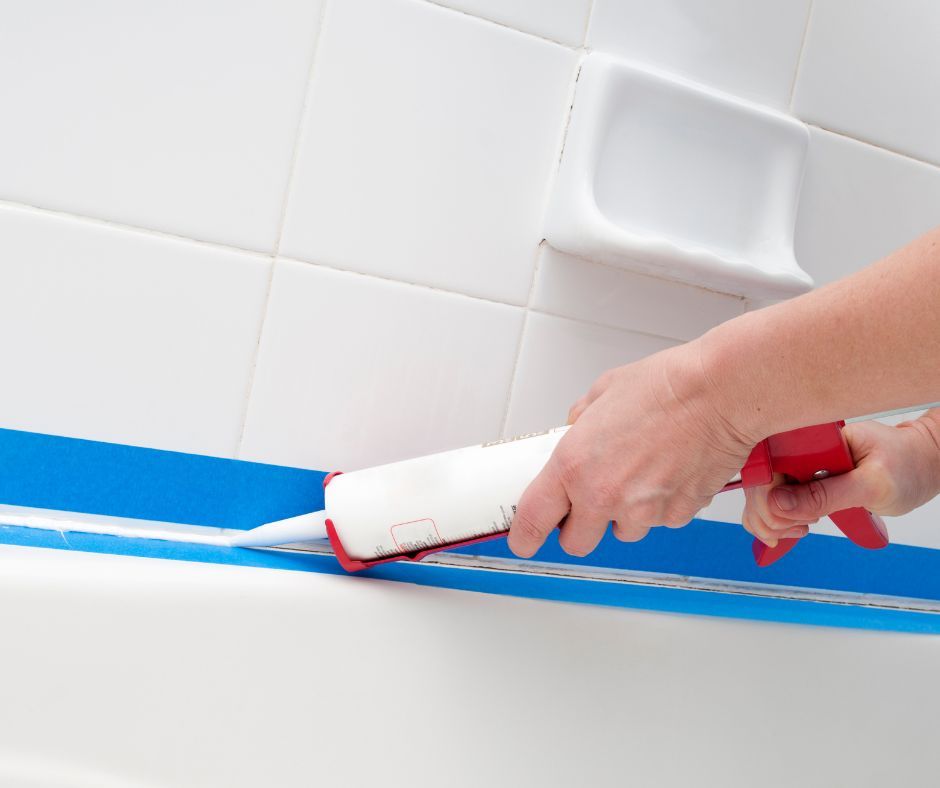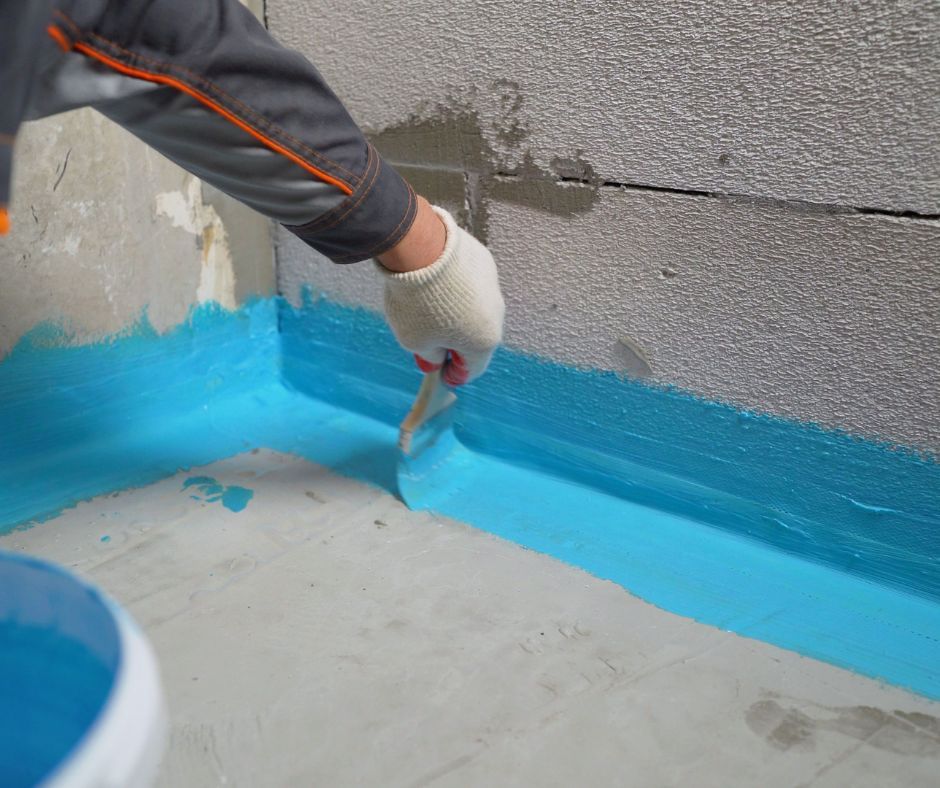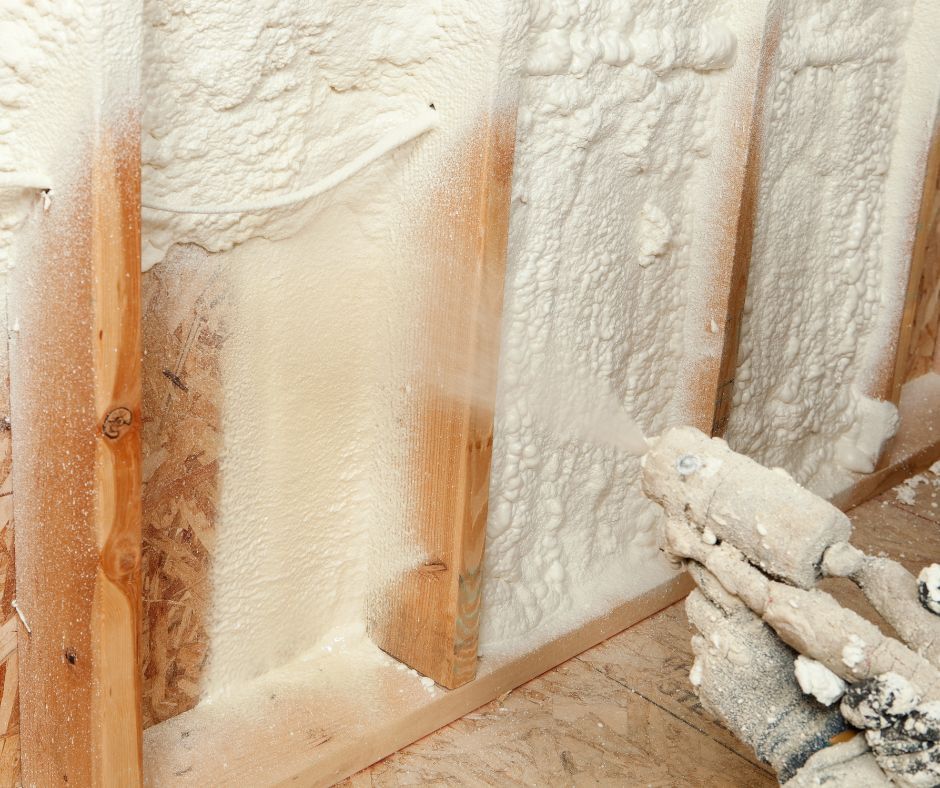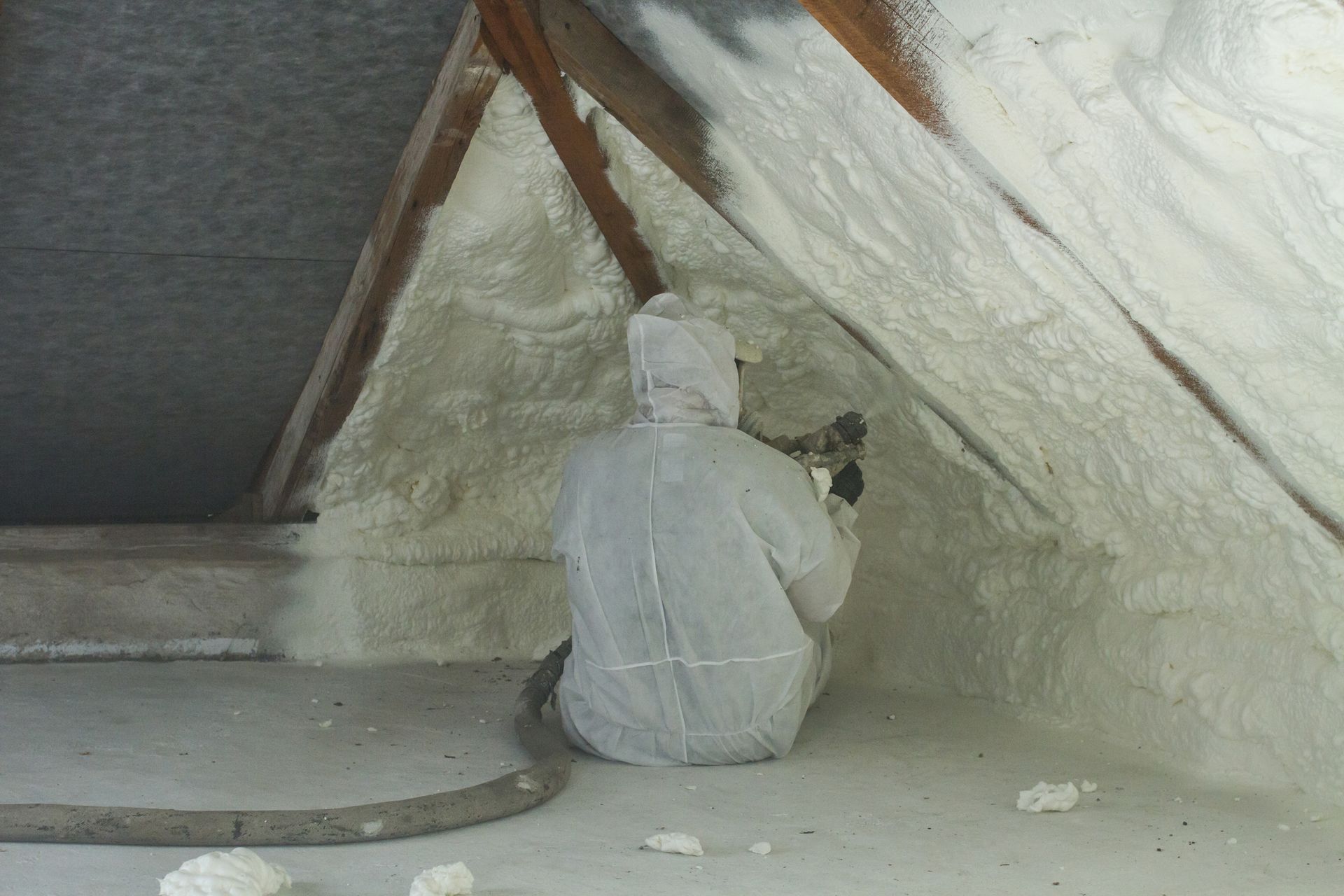What Is an Air Barrier and Why It Matters in Building Efficiency
This is a subtitle for your new post
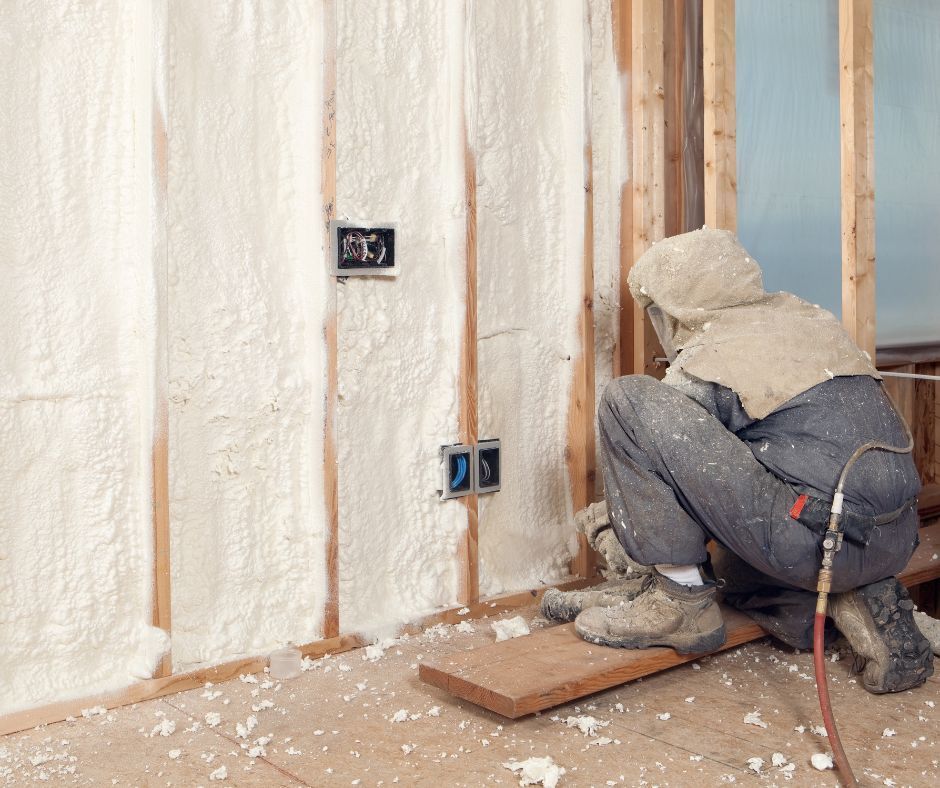
You can add the best insulation in the world, but if air is still sneaking in and out of your building, you're wasting energy and money. That’s where air barriers come in — they form the invisible line between energy efficiency and energy loss.
What Is an Air Barrier?
An air barrier is a system of materials designed to control the flow of air between the interior and exterior of a building. It must be continuous, durable, and properly sealed to be effective.
Air barriers can be:
- Exterior or interior
- Made from sheet materials, spray-applied products, or membranes
- Part of walls, floors, ceilings, roofs, and foundations
“Think of it as a windbreaker for your building,” says architect Daniel Rocha. “It keeps conditioned air in, and unwanted air out.”
Why Air Barriers Matter
The benefits of an effective air barrier are substantial:
- Energy Efficiency: Prevents warm or cool air from leaking, lowering HVAC loads.
- Improved Indoor Air Quality: Keeps out pollutants, allergens, and outdoor contaminants.
- Moisture Management: Reduces the risk of condensation inside walls, which can lead to mold and rot.
- Better Comfort: Eliminates drafts and maintains even temperatures.
- Durability: Protects building materials from moisture-related damage.
Buildings with proper air barriers can see energy savings of up to 40%, especially in colder or hotter climates.
Types of Air Barrier Materials
Air barriers can be made from a range of products, depending on the design and construction style:
- Self-adhered membranes: Peel-and-stick sheets applied to walls.
- Fluid-applied membranes: Sprayed or rolled-on coatings that dry into a seamless film.
- Rigid panels: Such as plywood or exterior gypsum board, sealed at joints.
- Spray foam insulation: Closed-cell spray foam can function as both insulation and an air barrier.
Important: The air barrier system must be continuous — all seams, edges, and penetrations (e.g., around windows or pipes) must be sealed.
Air Barrier vs. Vapor Barrier: What’s the Difference?
Many people confuse air barriers with vapor barriers, but they serve different purposes:
- Air barrier: Controls the movement of air.
- Vapor barrier: Controls the movement of moisture (water vapor).
Some materials — like spray foam or certain membranes — can serve both functions, but not all do.
“All vapor barriers are air barriers, but not all air barriers are vapor barriers,” explains building scientist Rachel Keane.
Where Do You Install an Air Barrier?
In most buildings, air barriers are placed in one of three areas:
- Exterior air barrier: Installed on the outside of the sheathing.
- Interior air barrier: Applied to the inside, typically behind drywall.
- Within the insulation layer: For example, with spray foam or insulated sheathing.
Where it’s installed depends on climate, design goals, and whether the building needs to dry inward or outward.
Air Barriers and Building Codes
Modern energy codes — like the International Energy Conservation Code (IECC) and Passive House standards — now require buildings to meet certain levels of airtightness, often verified with a blower door test.
Failing these tests may mean more energy loss, higher operating costs, and even delays in project completion.
Key Considerations for Success
- Continuity: The system must form an unbroken envelope.
- Durability: Materials must last the life of the building.
- Compatibility: Different materials must work together.
- Installation: Details matter — improper sealing ruins performance.
Tip: Hire certified professionals or use field testing to ensure proper application.
Final Thoughts: Smart Buildings Start with Air Barriers
An effective air barrier does more than seal leaks — it creates a healthier, more efficient, and more resilient structure. In modern construction, it's not an optional feature — it's a core performance layer of the building envelope.
Whether you're designing an energy-efficient home or retrofitting an old structure, investing in an air barrier is a smart, forward-thinking move.
